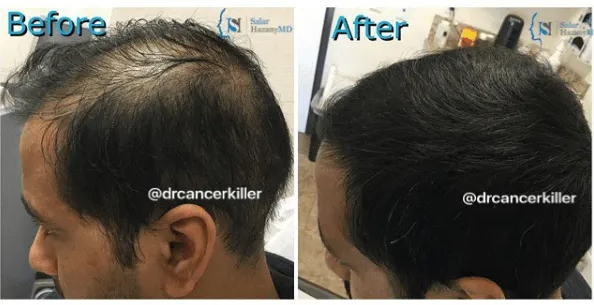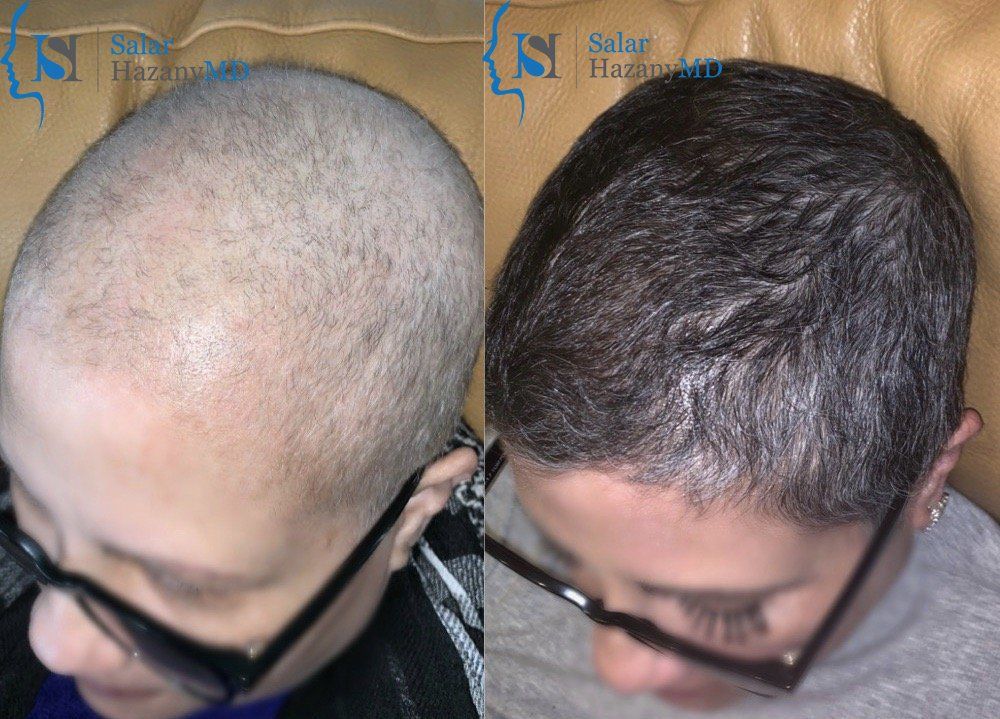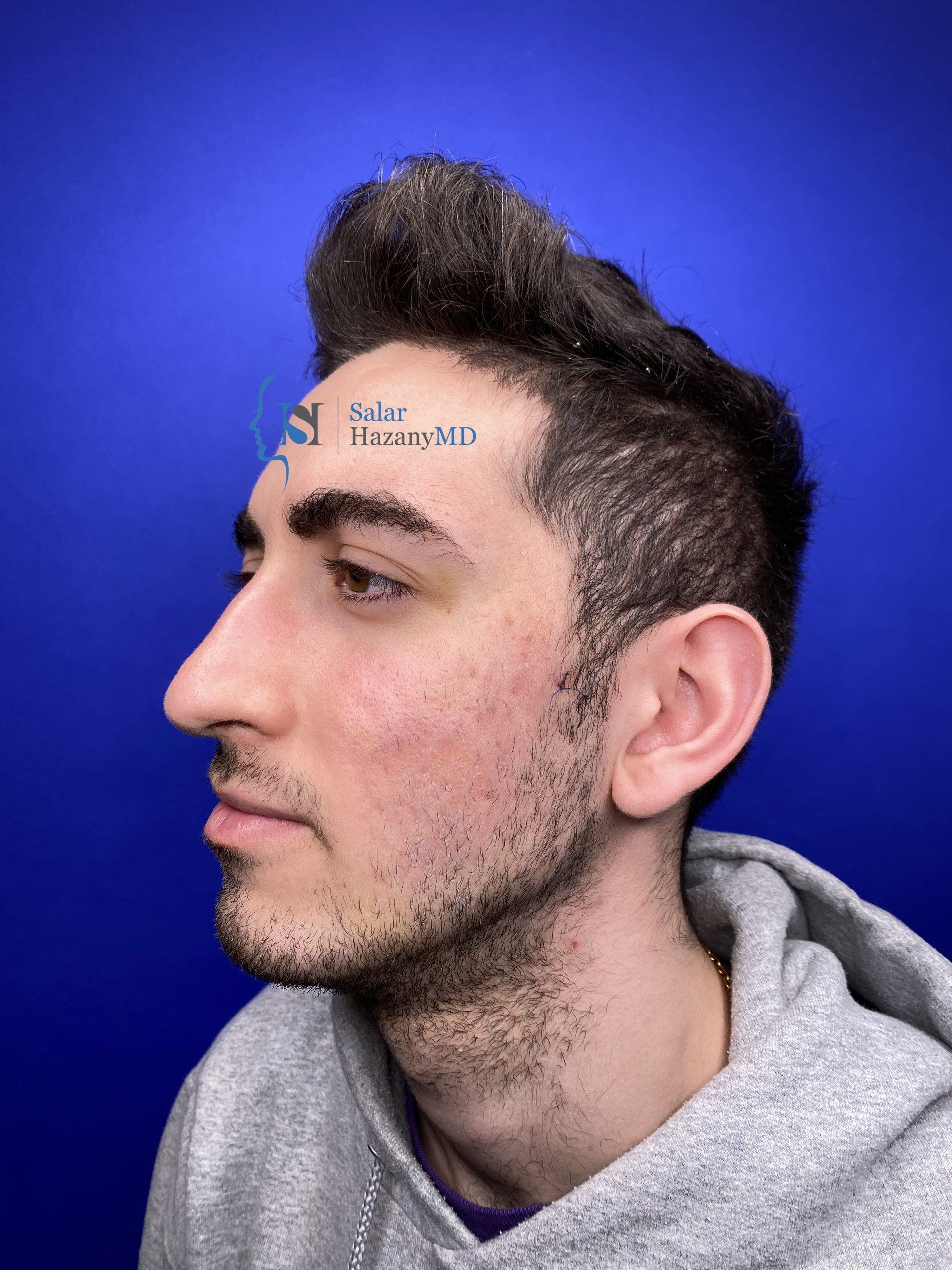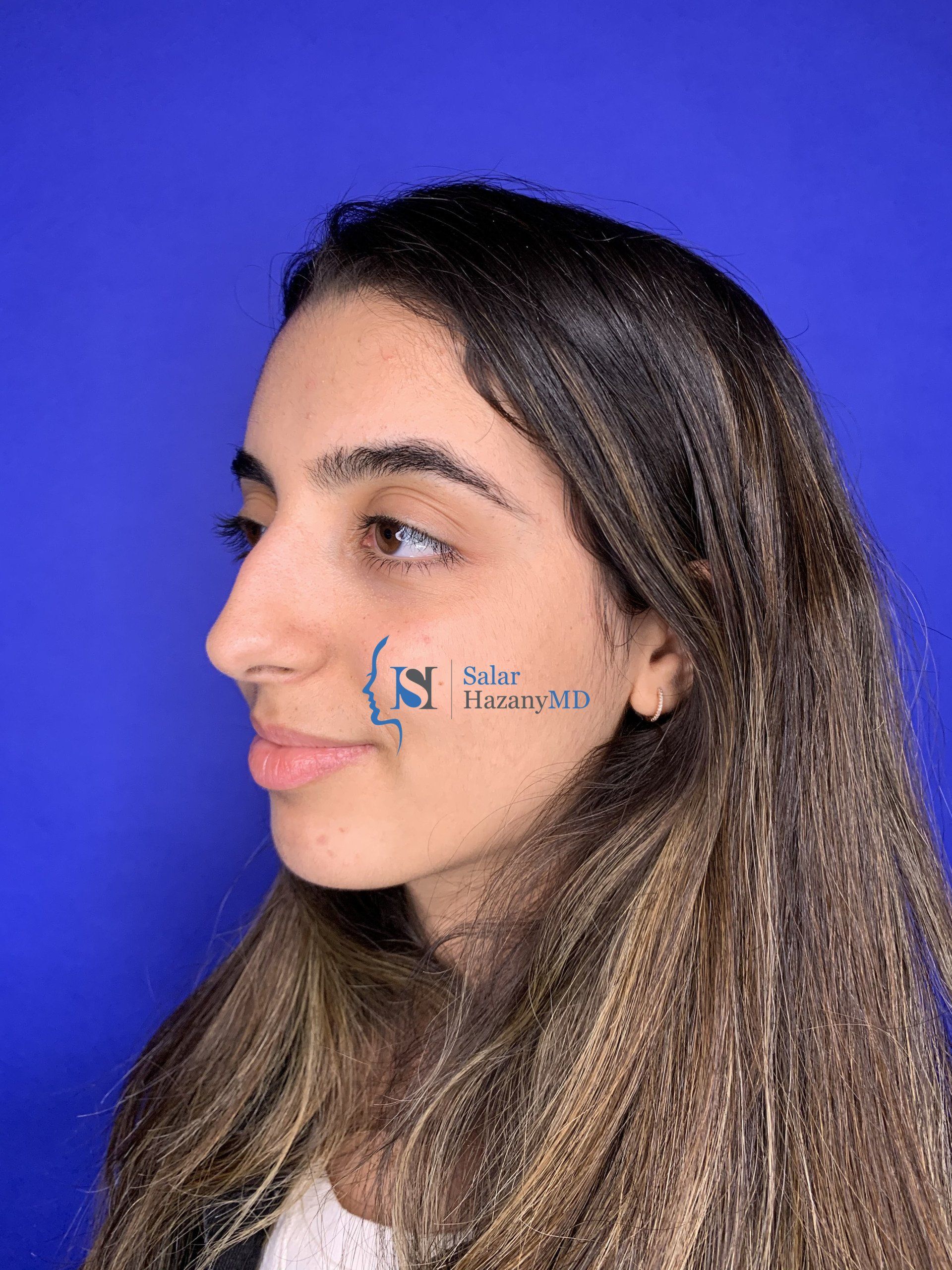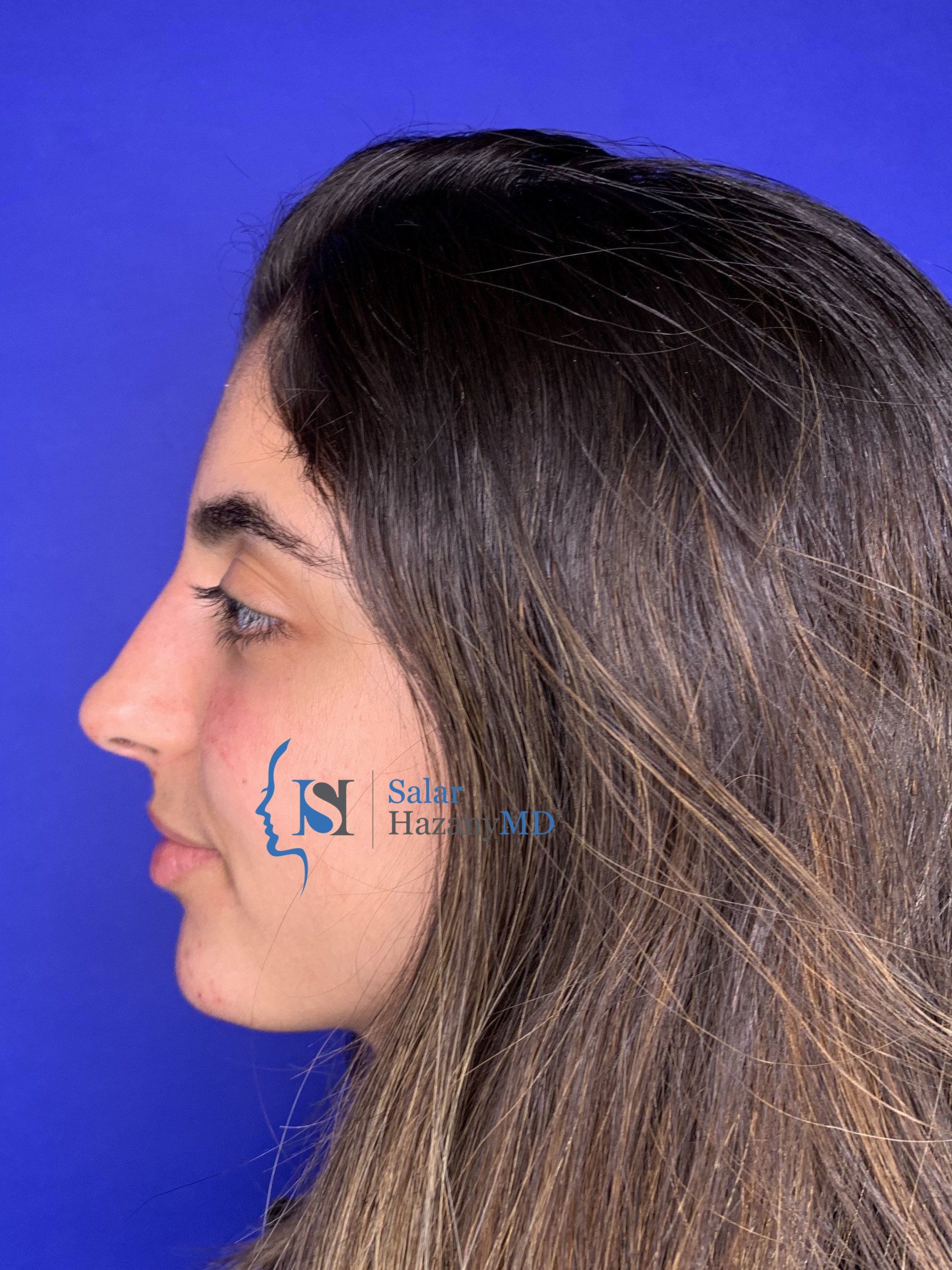Hair Restoration
Beverly Hills & Los Angeles
Reviving Your Scalp & Regrowing Your Hair
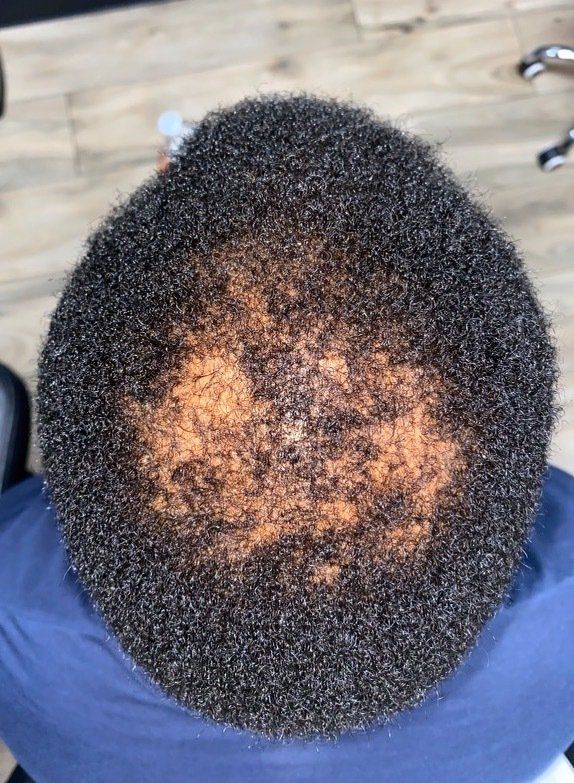
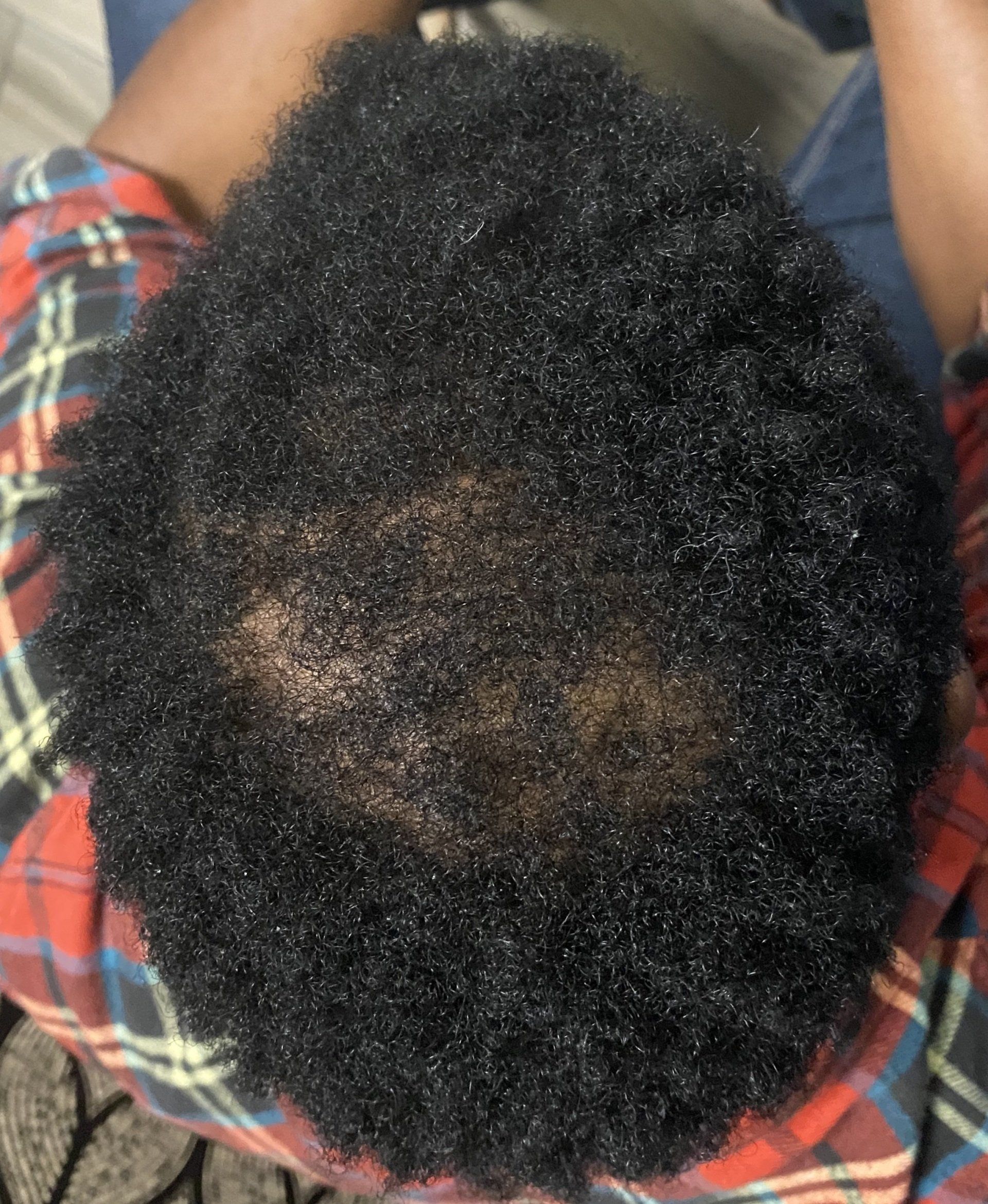
The most common cause of hair loss is a genetic disorder known as androgenetic alopecia. This hereditary disease is progressive and causes hair follicles to shrink and over time produce thinner and finer hair. Minoxidil is the only FDA-approved topical treatment that has been shown to help hair regrow.
This type of hair loss occurs in response to hormonal changes and can cause hair follicles to shrink. Although treatments have been introduced to stop or slow hair loss, they can also worsen over time. Hereditary hair loss occurs due to hormonal sensitivity transmitted by the biological parents.
The good news is that Propecia can stop hair loss in 90% of men and causes hair regrowth in 66% of men. Minoxidil is the only non-steroidal anti-baldness drug approved in the US for men (and women).
HairLASE & PRP Injections
Platelet-rich plasma (PRP) is a product of your own blood that is extracted through a very careful process that involves centrifuging whole blood to separate and concentrate the most useful growth factors and to use them to our advantage. When prepared and concentrated at our office, we find that this substance is an effective vehicle with which we deliver many other vital components into the treatment area. We have been using PRP as an injectable with a special combination of growth factors and exogenous and endogenous stem cells to increase the density and thickness of the hair. This provides an excellent option for both men and women that may not be ready for a hair transplant. Furthermore, many patients choose to have our treatments to help maintain any previous hair loss surgery.
Exosome Therapy
Hair loss is a natural part of aging. Over time, hair follicles lose the ability to produce melanin and enough keratin to sustain thick and continuous hair growth. For men, hair loss is further exacerbated by testosterone. There are several ways to treat hair loss, including hair serums, which contain local testosterone-blockers, autologous injections, and lasers. All of these treatments have proven to be effective for restoring hair, especially if done multiple times.
More recently, however, the latest cutting-edge research has shown that exosomes may be the future for hair regeneration. Exosomes are extracellular vesicles packed with thousands of different signaling factors, all of which facilitate healing, regeneration, and cellular growth and communication. In fact, the sheer quantity of growth factors present in exosomes is several magnitudes higher than that of autologous injections. To obtain the exosomes, human amniotic cells are harvested and extracted in a special process that isolates these signaling factors - billions of exosomes can be concentrated into one vial! Upon injection, the exosomes activate hundreds of dormant hair follicles through gene and protein regulation to start producing hair again over time.
FUE Hair Transplant
How does FUE work?
For the follicular unit extraction (FUE) procedure, the surgeon harvests individual hair follicles from an area that is genetically resistant to hair loss and grafts it to the balding area. Hair naturally grows in groupings of one to four hairs called “follicular units.” By harvesting and grafting each follicle unit-by-unit this transplantation procedure creates a natural hair growth pattern. FUE can be used to restore hairlines, eyelashes, eyebrows, and facial hair. FUE can also be used to cover scars.
Does FUE provide permanent results?
Harvesting hair follicles in areas that are genetically resistant to hair loss confers this resistance to the balding area to which it is grafted. Therefore, FUE provides long-lasting hair regrowth. However, hair loss is a progressive process whereby the hair surrounding the grafting site begins to thin over time. Patients may need additional procedures to address the peripheral hair loss that occurs outside the original graft site.
Why get FUE with Dr. Hazany?
Dr. Hazany is an expert at FUE transplantation. He has been performing FUE hair transplants since 2008 and has pioneered tools to enhance the procedure. With his training in cosmetic dermatology, Dr. Hazany prioritizes giving his patients a natural result.
How do I know if I am a good candidate for FUE?
FUE is an ideal treatment for both men and women suffering from hair loss. Since this procedure involves transplanting hair from one area to another, an ideal candidate should have enough hair to transplant to the balding area. Typically, FUE candidates are between the ages of 25 and 65. For patients younger than 25, the nature of their hair loss may change over time.
For patients older than 65, hair from the donor site is often too thin to be transplanted. Patients who do not fall within this age range still may be good candidates for FUE. It is best to schedule a consultation to see if FUE is the right treatment for you.
How much hair can be transplanted?
When it comes to hair transplantation, the number of hairs being transferred is referred to as the number of grafts. A graft is a grouping of hairs, usually 3 or 4 follicles that are combined on a single piece of tissue. During one transplantation procedure, the maximum number of grafts that can be transplanted is 4000 and can take up to 8 hours. Anywhere from 0 to 1000 grafts will be used for light hair loss, 1000 to 2500 grafts for mild hair loss, and 2500 grafts and up for severe hair loss.

